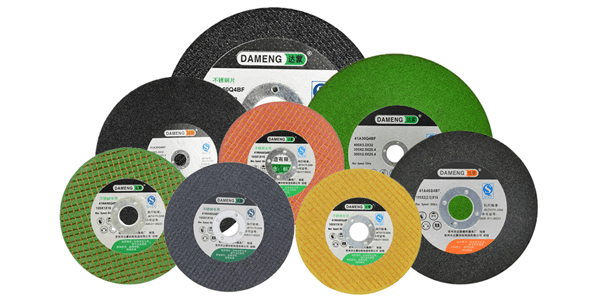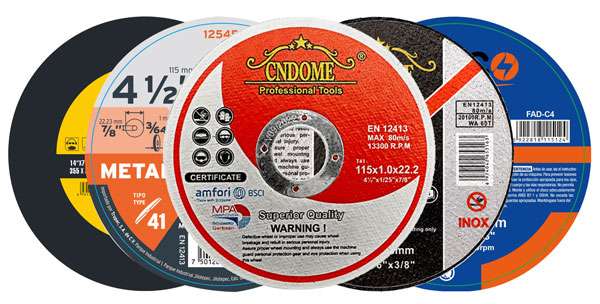Rotary tools are versatile instruments that can handle a variety of tasks, from cutting and grinding to polishing and engraving. When it comes to cutting with a rotary tool, the choice of cutting disc plays a crucial role in both the efficiency and the quality of the cut. Here’s a guide to help you navigate the world of cutting discs for rotary tools.
Types of Cutting Discs
1. Fiberglass Reinforced Cut-off Wheels:
- Material: Typically made of abrasive grains bonded with fiberglass reinforcement.
- Best For: Cutting metals, such as steel, iron, and aluminum, as well as hard plastics and ceramics.
- Advantages: Durable and long-lasting, capable of precise cuts in metal.
- Considerations: Can be more brittle than other types, so avoid excessive lateral pressure to prevent breakage.
2. Diamond Cut-off Wheels:
- Material: Diamond particles bonded to a metal wheel.
- Best For: Cutting hard materials like stone, glass, ceramic tiles, and hardened steel.
- Advantages: Extremely durable and maintains sharpness for a long time.
- Considerations: Higher cost compared to other types of cutting discs, but worth it for its longevity and efficiency.
3. Abrasive Cut-off Wheels:
- Material: Made from bonded abrasive particles (aluminum oxide, silicon carbide, etc.).
- Best For: Cutting softer materials like wood, plastic, and non-ferrous metals.
- Advantages: Cost-effective and versatile, suitable for a wide range of materials.
- Considerations: Wear down faster than diamond wheels and are less effective on hard metals.
Choosing the Right Disc
- Material Compatibility: Consider the material you will be cutting. Different discs are designed for different materials, so choose accordingly to achieve the best results.
- Disc Size: Rotary tools come with varying chuck sizes, so ensure the cutting disc you choose fits your tool’s specifications.
- Thickness: Thicker discs are more durable but may cut slower. Thinner discs cut faster but can be more prone to breakage.
- Safety Considerations: Always wear appropriate eye protection and follow the manufacturer’s instructions regarding speed settings and usage guidelines.
Tips for Using Cutting Discs
- Speed Settings: Adjust the speed of your rotary tool according to the material and disc type. Higher speeds are generally better for cutting harder materials.
- Technique: Use a steady hand and let the tool do the work. Avoid excessive pressure which can cause overheating and premature wear on the disc.
- Cooling: If cutting metal, consider using a cutting fluid or lubricant to keep the disc cool and extend its lifespan.
Conclusion
Choosing the right cutting discs for your rotary tools involves understanding the material you’re cutting, the durability needed, and the type of cut you want to achieve. Whether you’re a DIY enthusiast or a professional, having the appropriate cutting disc can significantly enhance both the efficiency and quality of your work. Always prioritize safety and follow best practices to maximize the lifespan of your tools and discs.



